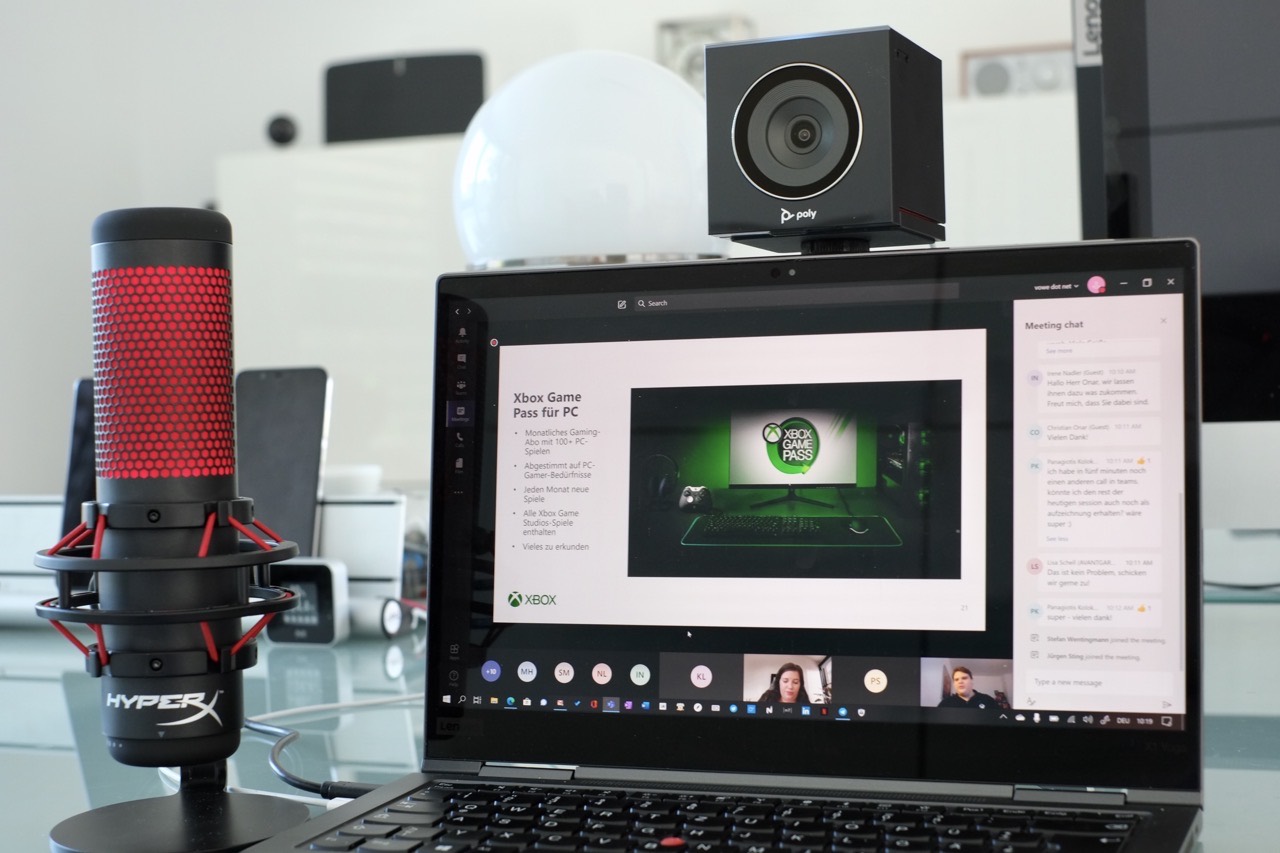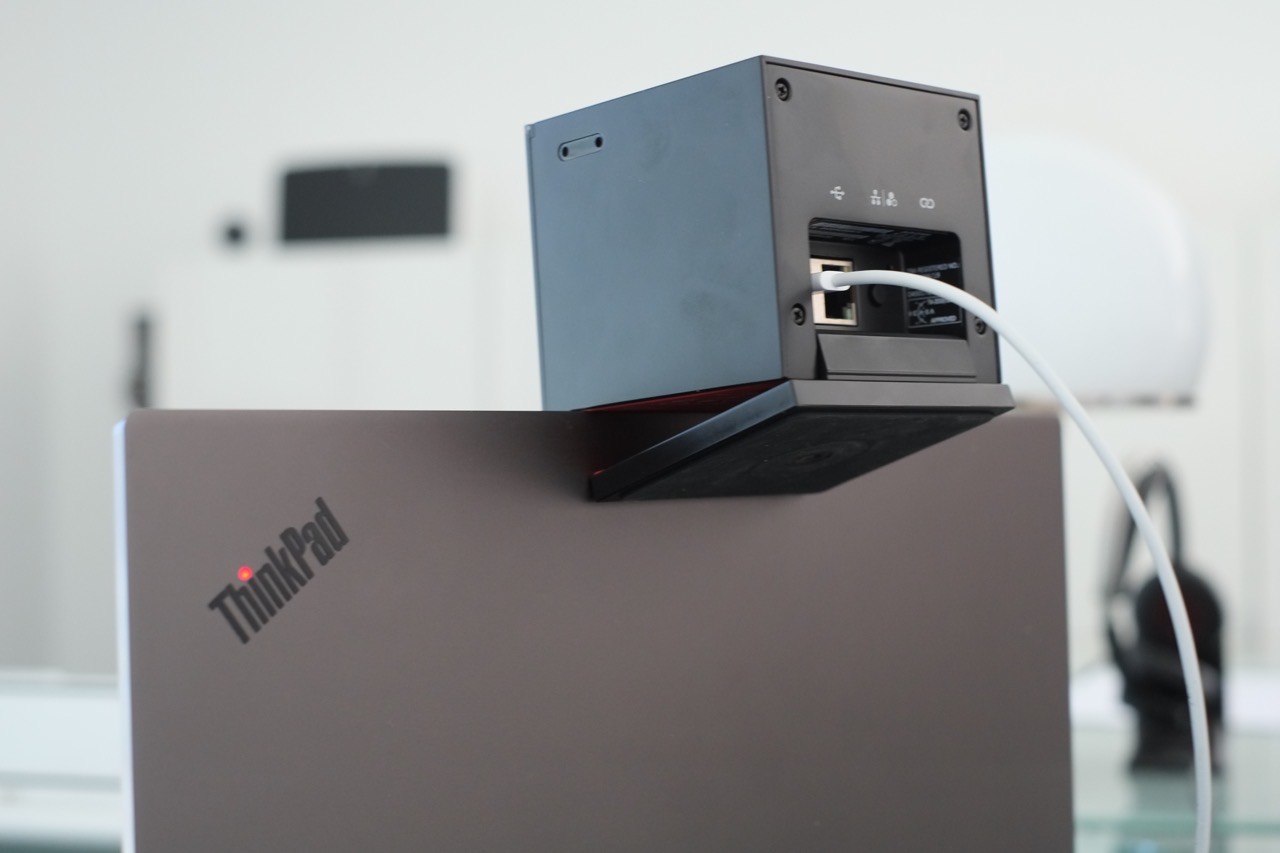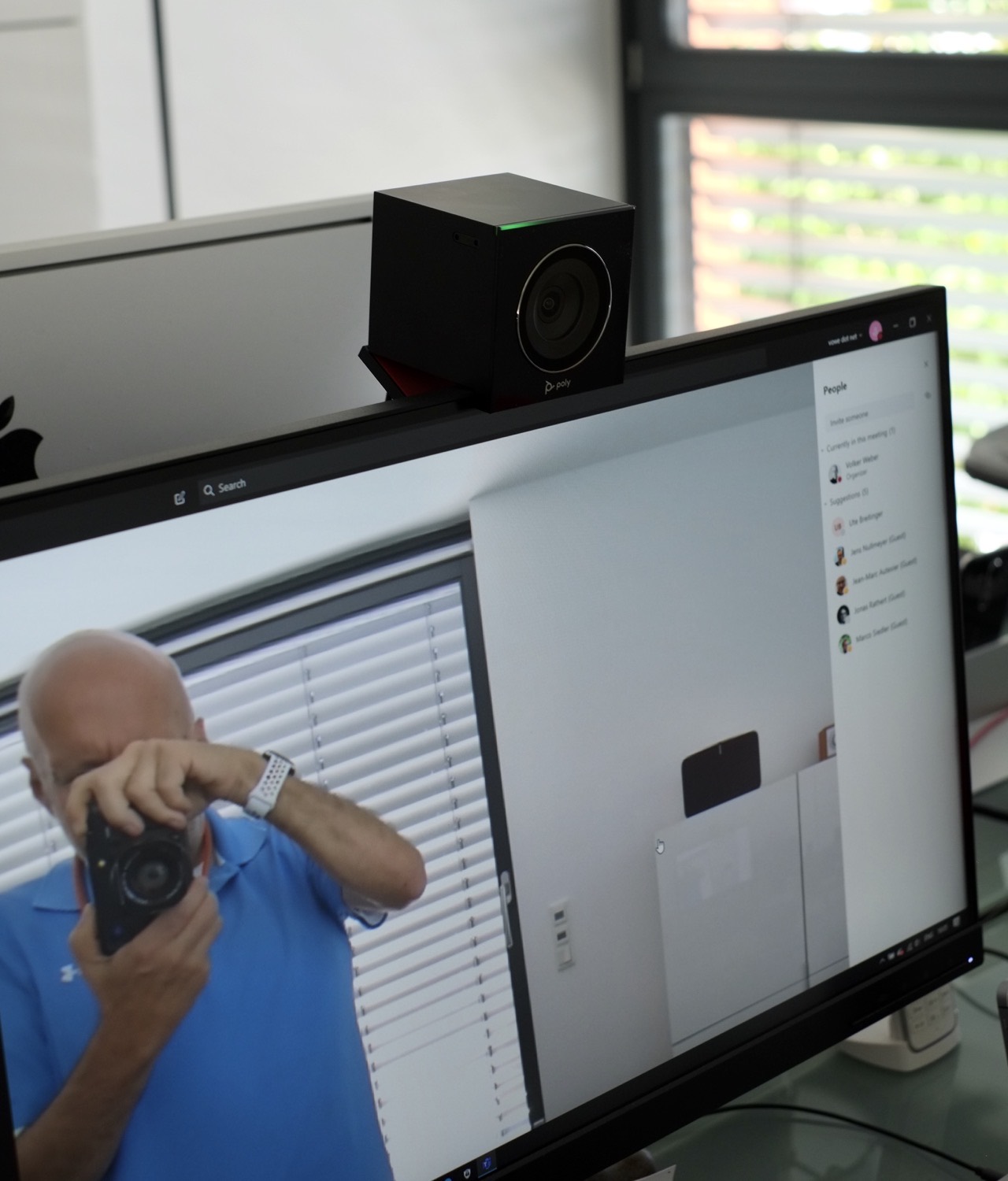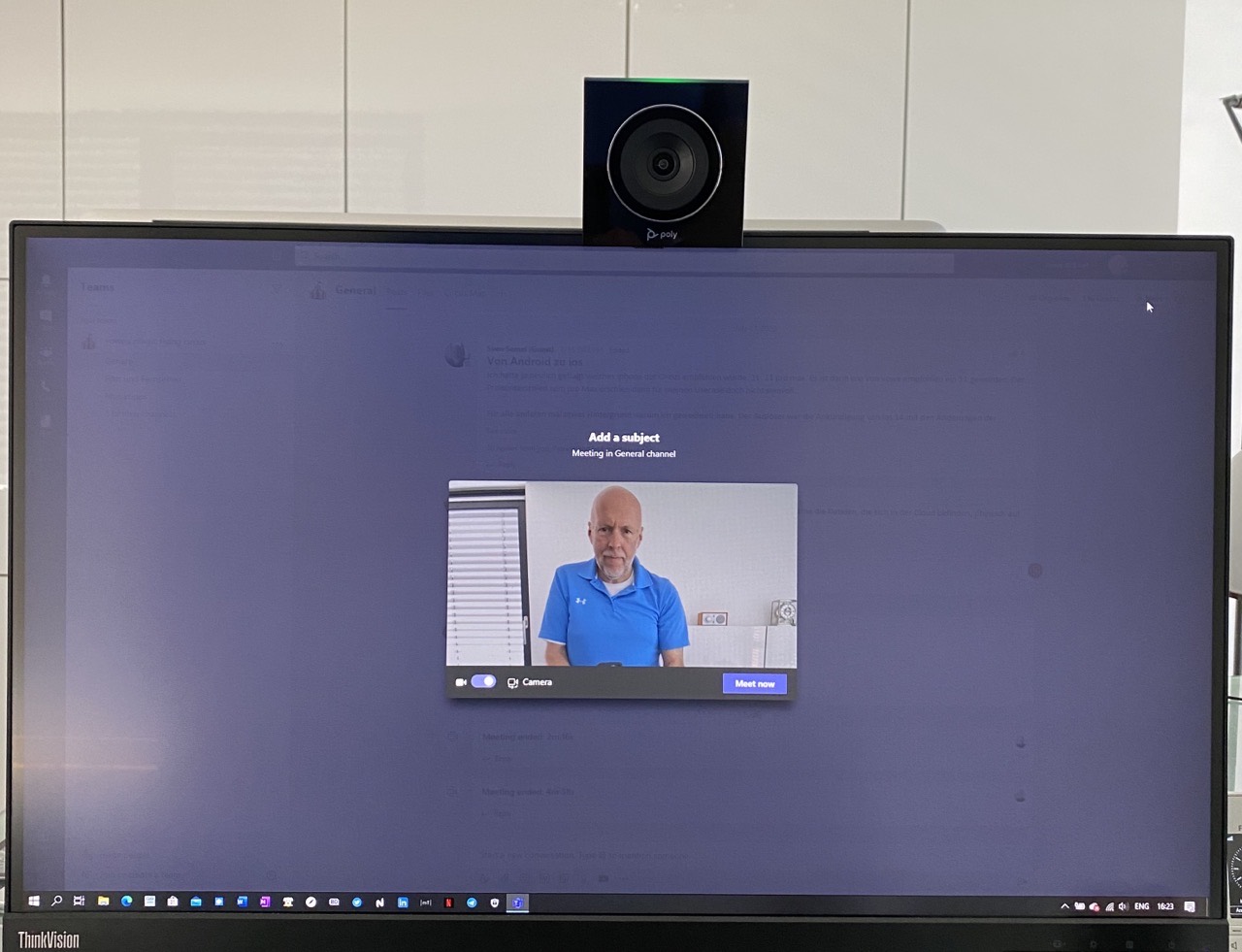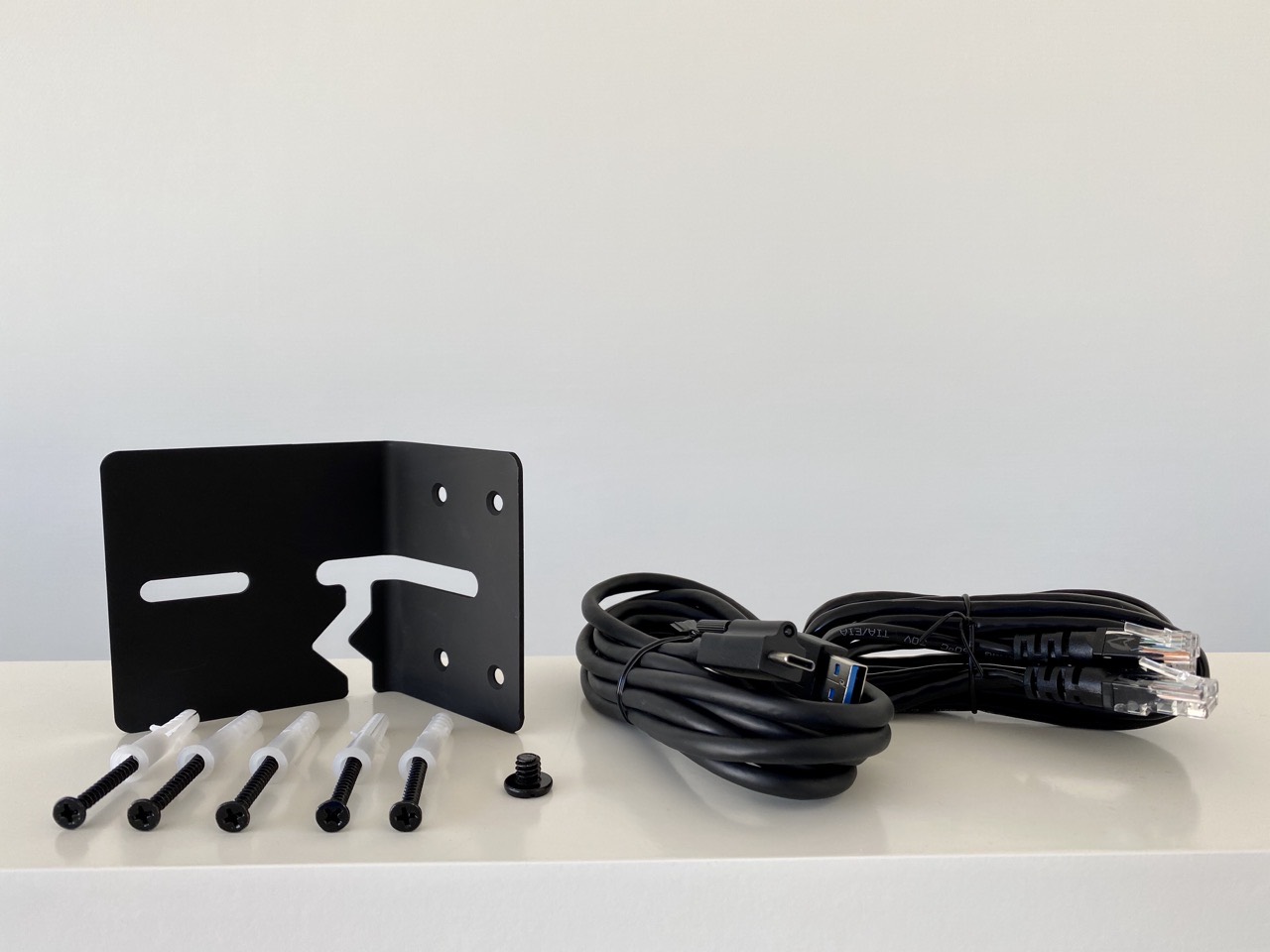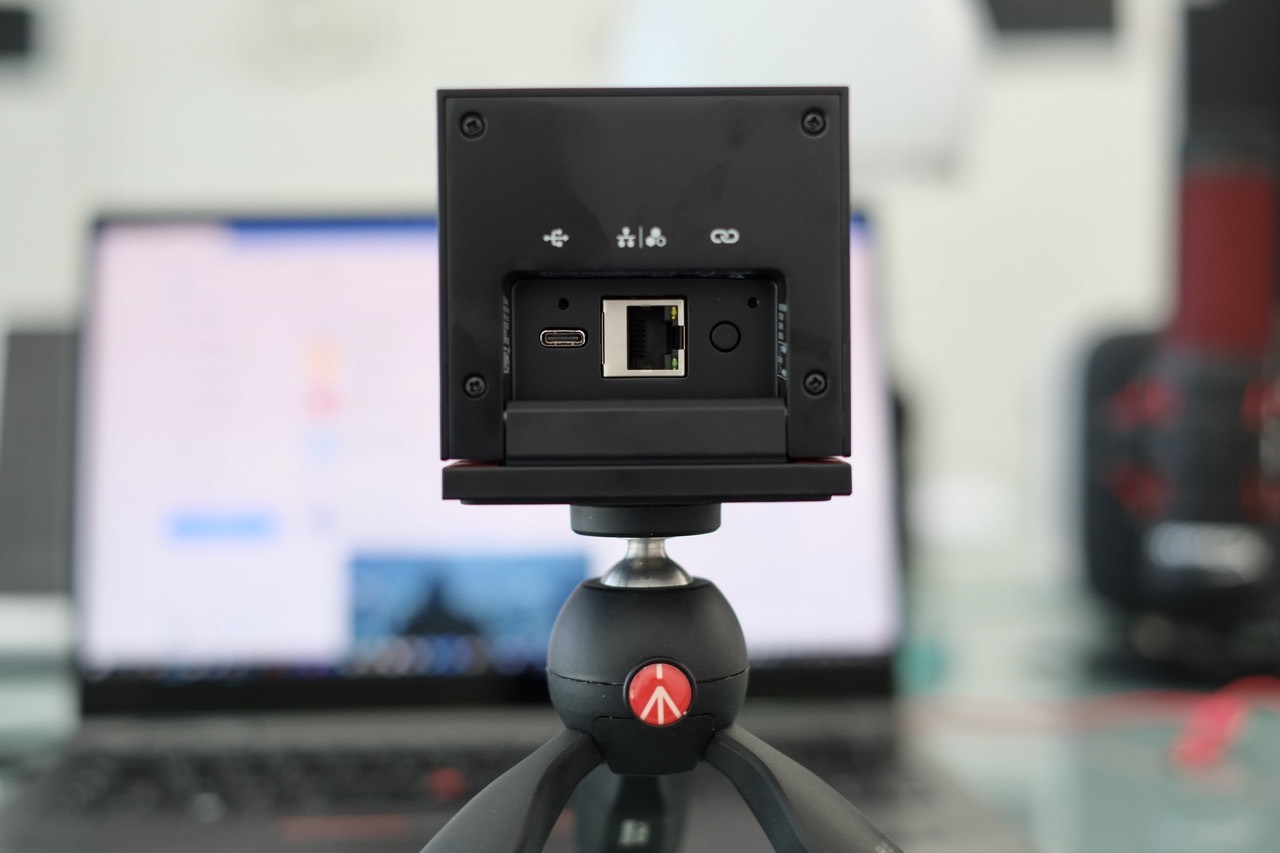It’s about six weeks since
Boris Johnson said there was no reason why the outline of a Brexit deal couldn’t be sealed by the end of July, as he put a “tiger in the tank” of the talks. As we reach that date there is no such outline in sight (unless, of course, you count the Political Declaration he signed, which was supposed to be just that).
It’s true that
Reuters reported some slightly optimistic noises from Michel Barnier, and there were some
very slight indications of progress this week. Against that,
the Financial Times has reported (£) that Dominic Cummings favours a very light touch approach to UK state aid regulations post-transition. If so, that would make the prospect of a trade deal very remote, as it goes to the heart of the EU’s longstanding concerns about a level playing field. It would mean, in effect, that there would be no guarantees that, in the future, the UK wouldn’t use state aid to create unfair competition with EU companies (for a detailed overview of the issues of state aid and Brexit, see
this 2019 IPPR Report).
If Cummings gets his way (others, especially the Treasury, take a different view) it seems a strange hill for a Tory government to see a trade deal die on. Escaping EU state aid rules was more a feature of the
Lexiter case for Brexit (and, in passing,
one based on misunderstandings of those rules). But if the report is correct it can be explained in two ways. One is just that it’s the latest outing for the purist sovereignty-at-any-price dogma. The second is that it shows how far the current Tory party is moving from
traditional free market ideology, both in terms of potentially supporting uncompetitive industries and in
facilitating cronyism in the award of public service contracts.
In this way, a lax state aid regime can be seen as reflecting two, related, longstanding contradictions within Brexit. On the one hand, it
shows the contradiction (£) between Brexit as a nationalist, protectionist project and as promoting a globalist, free trade agenda. On the other hand, whilst it is
already being talked about by Brexiters in populist terms of protecting British companies and jobs, its actual use might be to enable elite decision makers to give state hand-outs to their chums. Some
have suggested that this might have
a particular appeal to Cummings.
As well as showing some Brexit contradictions, the state aid issue also reveals some ironies. One is that it is by no means clear what this new ‘British system’ would be, how it would relate to or differ from WTO anti-subsidy rules, and how it would operate given existing state aid commitments signed up to by the government in the Northern Ireland Protocol (I don’t pretend to understand these exceedingly complex issues but they are addressed in
a Twitter thread from George Peretz QC – a leading legal expert in this area, commenting on the FT report mentioned above – who most certainly does). The other is that, despite the fact that a light touch system would be anathema to the EU,
some Brexiters are actually suggesting that it would be a betrayal of Brexit and would be compromising with Brussels (this, in turn, reflects the way that any actually existing Brexit is seen by some as a ‘betrayal of Brexit’).
Over-promising and under-deliveringThe fact that Johnson’s ‘tiger in the tank’ turned out to be a damp squib shouldn’t be a surprise. After all, in December 2016, when Foreign Secretary,
he declared that 18 months would be “absolutely ample” to complete a deal with the EU. This inane boosterism is obviously partly just a matter of his general approach to politics – as has been abundantly evident in his handling of coronavirus – but it also falls into the standard Brexiter repertoire of over-promising and under-delivering. All the now infamous quotes about ‘holding all the cards’ and ‘the easiest deal in history’ are testament to that.
Increasingly, such talk seems like the way that in 1914 what became the Great War
was expected to ‘all be over by Christmas’. For although the Brexiters continue to hand out metaphorical white feathers to the supposedly spineless and unpatriotic, what we now see is the long, slow grinding attrition of Brexit reality.
It’s impossible to keep up with all of it, but just this week there has been further detail on
the multiple lorry sites to be built in Kent, on the
lack of customs preparedness (£), on the extra costs
Brexit is causing the Home Office, on the lack of
preparedness for the implementation of the Northern Ireland Protocol, on
the impact on bank relocations, on
the problem of how to manage the Eurotunnel, on the
consequences for Gibraltar, on the uncertainty
over how Rules of Origin for UK-EU trade will work, and on the
impact of Brexit on biodiversity. Meanwhile,
a new study from the LSE’s Centre for Economic Performance shows the double shock that businesses are going experience when the effects of ending the transition period are overlaid on those of coronavirus, with the sectors relatively unaffected by the virus worst hit by Brexit.
Just from this short list of some of the most recent reports can be seen the enormous range of problems and damage that Brexit is throwing up. It is, to continue the Great War analogy, like reading the daily casualty lists. And just as it seems incredible, now, that there was not more public outcry as those casualties mounted so, too, is it incredible that there is apparently still so little public concern about what Brexit is doing to this country.
Of course coronavirus is a big reason for that since, understandably, it has first call on media time and people’s attention. Another is that the actual impact of many of these things has yet to be felt by the public. A third is the Labour Party’s decision to remain
almost entirely silent about Brexit. That is tactically understandable both because of coronavirus and also because revisiting the Brexit battles would be a gift to the Conservatives. At the same time, it is concerning that it is such a taboo topic. The things just mentioned – and many others – are happening and will continue to happen, and will affect almost every aspect of people’s lives after the end of the transition. To say that is not, in fact, to revisit the Brexit battles but to recognize that we are now on a new terrain, that of Brexit effects.
Public unconcernThe apparent lack of widespread public concern about what is happening, and what is in prospect, may reflect part of the political scientist Professor Matthew Goodwin’s explanation of the continuing popularity of Boris Johnson. In
an essay this week in UnHerd, Goodwin suggests that Johnson’s appeal to voters lies in his positivity and forward-looking focus on national renewal and pride, and for this reason “they are generally willing to give him a free pass when he fumbles” on technocratic delivery. They are not “standing behind him because of what Michael Oakeshott called the politics of pragmatism – they do not see the world as the declinists see it, as merely an exercise in performance management”.
Johnson’s positivity contrasts with those Goodwin calls the ‘declinists’ who see Brexit, in particular, as damaging to the international standing and economic well-being of Britain. These “highly-educated” declinists are “Left-wing or liberal”, “gloomy”, “condescending”, often “narcissistic”, “vicious” and associated with “technocracy” and the “elite-driven Remain campaign” (Goodwin is a scholar of populist politics, but it is hard to resist the impression that he has come somewhat to identify with the object of his studies). Their writings, he says, are to be found in the
New York Times, the
Guardian and the
Financial Times (and I venture to suggest that this lowly blog could be seen as a very minor example).
Goodwin is clearly right that Johnson appeals to a political constituency that spans “traditional ‘true-blue’ Tories and instinctively socially conservative blue-collar workers”, and in which patriotism and national identity play a key role, in the way that Margaret Thatcher did in the 1980s. But it’s over 40 years since Thatcher’s first electoral victory and what is missing in the comparison is the new distinction between truth-based and post-truth politics. It’s the latter
which, distinctively, Johnson embodies – in a way that, irrespective of one’s views of her, could never have been said of Thatcher - and, whilst there can be no doubting its appeal to many voters it’s a major error to ignore its nature and its limits.
For the case against Brexit isn’t declinist so much as it is evidence-based, and it is that which marks it out from all the empty promises and false predictions of Brexiters. That isn’t to say that the evidence speaks for itself – there are always different interpretations, as well as selections, of evidence – but that it is within the terrain of evidential debate and analysis that the anti-Brexit case is made. The opposite to this is not, as Goodwin (again drawing on the Conservative political philosopher Michael Oakeshott) has it, the “politics of faith”. It’s the politics of post-truth.
Brexit and post-truth politicsIt’s important to understand that
post-truth politics is not – or not simply – about lies which, after all, have long been part of politics. Rather, it is about blurring the distinction between truth and lies altogether, and positing that, at best, there are alternative truths. That then takes on a particular twist within populism, with the suggestion that, amongst those alternative truths, there are some which have the special status of being ‘the people’s truth’.
That is obvious in the way that
Brexiters routinely wheel out claims – about WTO terms, the interests of German car makers, technological solutions for the Irish border, GATT Article XXIV etc – which don’t have a sound evidence base but which can appear plausible. It’s on view every time they extol the benefits of an ‘independent trade policy’. For the most part, then, they sound as if they are offering a ‘politics of pragmatism’ and, even, a ‘technocratic’ programme. It’s certainly the case that there is a faith-based element of Brexit – that true belief is needed to make it work – and that has had a very important
impact on politics and the civil service. However, Brexiters don’t appeal simply, or even primarily, to faith but to alternative, sometimes partial, truths, the repetition of which serves to suggest that the claims propounded by remainers are just an artefact of their elitism.
Goodwin himself says pretty much the same thing in his suggestion that declinists “seldom remain in the world of objective reality … [and] … are neither able to see the world in a balanced way nor in a way that most ordinary voters see it”. The key word here, undoubtedly, is “ordinary”, with its suggestion that these voters – despite being, even on Johnson’s polling, a minority - are the ‘real people’, with a more balanced, more objective or perhaps in some way more authentic view than that of the remainer or declinist elites. That they are ‘ordinary’ makes them, paradoxically, ‘special’.
The same logic was evident in
Michael Gove’s now infamous line about people having had enough of experts, which is often quoted but rarely in its full context. He made the remark when confronted with a whole list of organizations which had counselled against Brexit, but then went on to say that instead of relying on these experts he “had faith in the British people to make the right decision”. The experts, he suggested, gave their warnings because they were “people who had done very well thank you out of the EU”, thus, implicitly, tainting ‘their’ truth as that of the elite rather than of the people.
The point is that the invocation of the politics of faith only starts when the attempts to couch the argument
in terms of the politics of pragmatism fail. Indeed, Brexiters are delighted to cite experts approvingly –
Professor Patrick Minford or
Shanker Singham, for example – when they make the case for Brexit. It is only when confronted with the vast bulk of expert opinion to the contrary that expertise is derided.
Yet, accepting that there are always differences of interpretation, truth does have its own validity and
each and every truth claim made by Brexiters is
gradually being demolished. Eighteen months was not “absolutely ample” to do a deal, German car makers didn’t have the influence
it was claimed they would, trade deals
haven’t all been rolled over,
the European Medical Agency and European Banking Authority didn’t stay in the UK (£), Turkey
isn’t joining the EU, GATT Article XXIV
doesn’t have the meaning they claimed it did, the Irish border isn’t
unaffected by Brexit, and the technological solutions to it
do not, at least as yet, exist. In fact, I can’t think of a single claim made by the Brexiters that has so far proved true. Again, it’s only at this point, when the limitations of post-truth politics become unavoidable, that Brexit becomes cast as the ‘politics of faith’.
The dangers of populismThe dangers of this are obvious, for they are the dangers of, precisely, populism. As soon as politics invokes ‘the people’ as a unitary, undifferentiated entity it immediately stigmatises those who disagree as not being of the people – and at the extreme as not being people at all. Even the more benign sounding term ‘ordinary voters’ carries the implication that those they are differentiated from are in some way less real, authentic or normal, voters.
These dangers become particularly acute – and the categories particularly untenable – in the context of a highly divided population. For what can it really mean in relation to Brexit, or to Johnson’s support more generally, to take a population split more or less 50/50 and describe only one group as ‘ordinary’ or as ‘the people’? Indeed, much of the damage of Brexit has been to take a very close result as mandating the least consensual or compromising form of Brexit to be enacted as ‘the will of the people’.
This quasi-mythological invocation of ‘the people’ contributes to forgetting that Brexit was sold to voters not on a faith prospectus but on the basis of post-truth claims that purported to be a pragmatic programme. This is very much the point I made
in last week’s post, about how it is only since that it has been claimed that ‘it was never about the money’. Without reprising that argument, consider just the Gove ‘experts’ interview linked to above. There he also makes the explicitly economic case that EU membership meant that British people suffered “lower wages” and had their “access to public services restricted” with the implication that, after leaving the EU, these things would improve.
So how will leave voters react as these and all the other claims become falsified? They may well, for the reasons Goodwin suggests, continue to support Johnson and, for that matter, Brexit on the basis of faith. I’m not so sure of that for two reasons. One is just the general observation
that as unemployment rises government voter support tends to fall. The other is the particular nature of Brexit in that, however it is delivered, some or many leavers will regard it as a betrayal. Indeed, if Keir Starmer is smart then he will be able to make much of Johnson having ‘bungled’ Brexit.
However, if voters don’t blame Johnson then who will they blame? As can already be seen, it will be the declinists or, as they are more usually called, the remainer saboteurs – those who are not ‘the people’ - as if they, rather than the Brexiters, were responsible for the promises made but not fulfilled. At that point, politics will turn very ugly indeed.
Or an anti-climax?But there is another, less alarming but in its own way depressing, scenario, which increasingly seems to me to be quite likely. It’s that a minimal kind of deal is done that at least avoids the most immediate, calamitous effects at the end of transition. The other adverse effects will come in a slow, undramatic way and attract relatively little attention. The economic, cultural and geo-political impoverishment will be locked in but also normalised. Bits and pieces of the relationship will get patched and fudged over the coming years - possibly for the better, possibly not.
If so, the whole Brexit saga will fizzle out with an anticlimactic series of whimpers rather than a bang, leaving both remainers and leavers feeling disgruntled, irritated and cheated. Perhaps that would be appropriate to the long, slow, grinding attrition it has turned into. Whether envisaging such a scenario should be seen as optimistic or pessimistic I am not sure.




















































